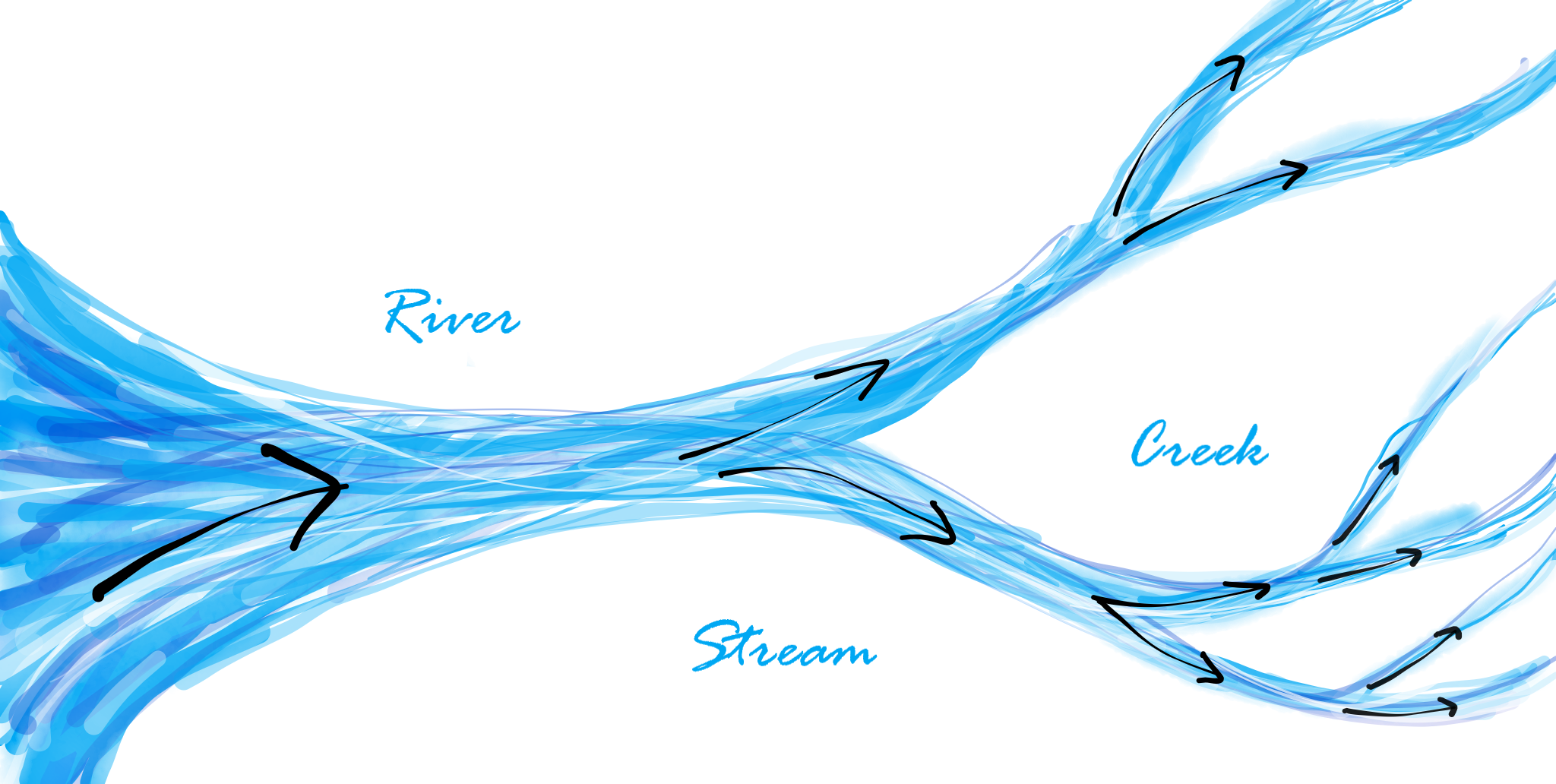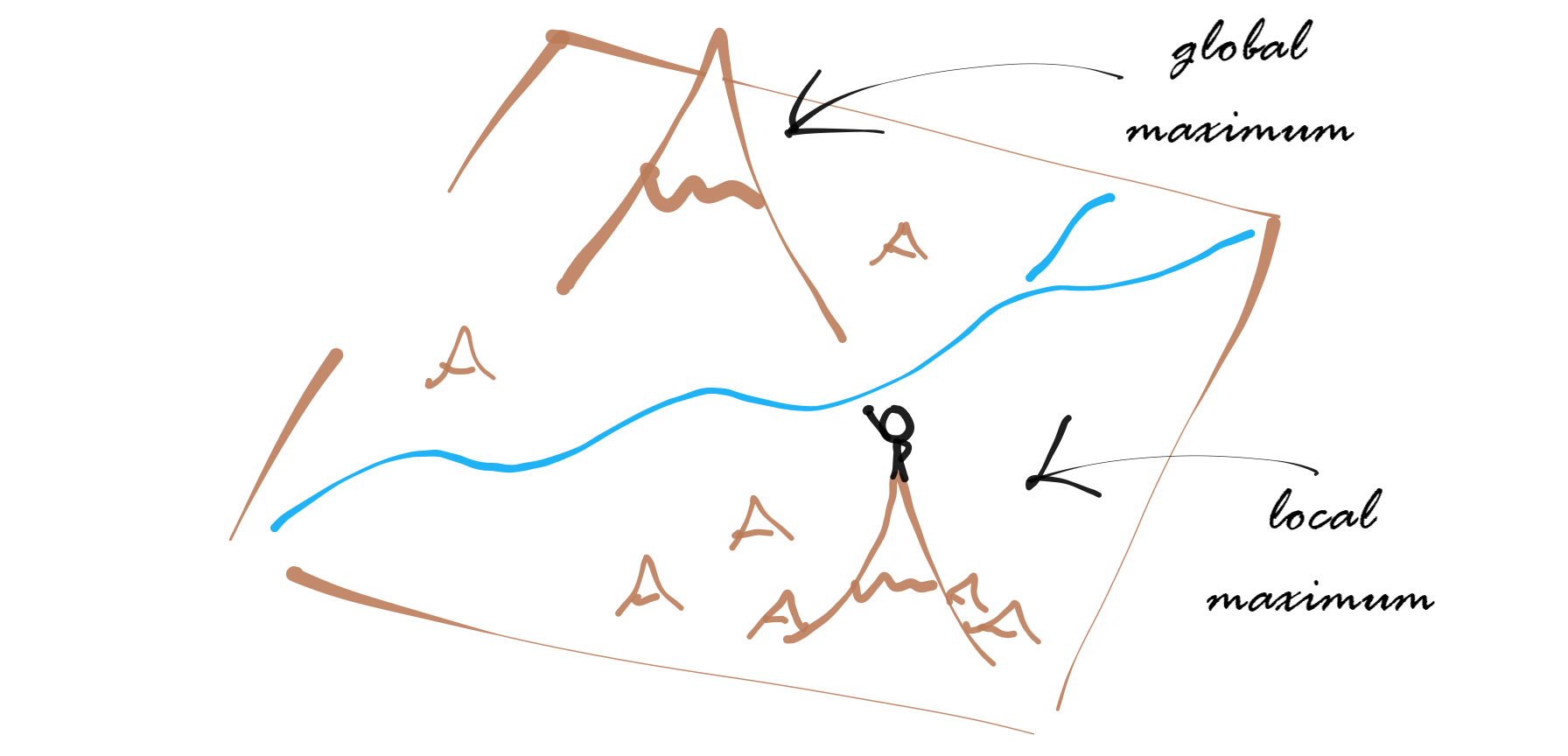I’ve had many roles in my career — from business consultant, to product manager, to UX researcher, and strategic advisor. While each role appears unique on the surface, all have one thing in common: solving big hairy problems. The problems I encountered in each role differed wildly: forecasting the sales of a cancer drug, figuring out how to cut two months from our production schedule, or building a product strategy for an R&D game. And, yet, over time, as I looked back on how I solved each problem — something became clear. Each time I solved a problem, I used a similar process — no matter the topic or industry.
This idea, the idea that all problems can be approached with a similar process, is known as structured problem solving. A good structured problem solving approach can help you make better decisions faster and more often. And it is the single most important skill that you can have in the tech industry.
A good structured problem solving approach can help you make better decisions faster and more often.
The Problem Solving Process
- Identify the right problem to solve – Start by making sure you are solving the most important problem.
- Simplify the problem – Reframe or break down the problem into something more manageable.
- Pick the right approach – Use your domain knowledge to select an approach that matches the problem.
- Analyze the data – Get to work solving the problem.
- Answer the question – Make sure your analysis actually addresses the problem you set out to answer.
Identify
The first (and hardest) step in solving any problem is identifying which problem you actually need to solve. Consulting case interviews are famous for including trick problems that require you to realize that the question you are being asked isn’t the question you should be solving. As unfair as this is in an interview, the truth is that most times, in real life, the questions you are given to solve are often not the right questions to be answering.
The easiest and most valuable approach is simply to ask “am I solving the right problem?” When I’ve conducted critical thinking interviews in the past, the most common trap candidates fall into is forgetting to ask what problem they are solving, and instead jumping straight into solutions (sometimes for a completely unrelated problem). Taking a moment when starting a new problem to ask “is this the right problem?” has saved me countless hours and headaches.
Simplify
If at first you don’t know how to solve a problem, try simplifying it. There are two complementary approaches to simplifying a problem: reframe it or break it down into smaller pieces.
- Reframing – Re-state the problem in a different way.
- Break it down – Chunk the problem into smaller, more manageable pieces.
The wider the variety of problems you’ve encountered in your past, the more “types” of problems you’ll be able to recognize. It helps to be familiar with problems from a wide range of domains — like math, science, philosophy, and technology. There are also specific problem solving tools (like my upcoming post on Trees!) that can help you break down problems.
Approach & Analyze
I’m not going to spend too much time on these steps because they tend to be pretty domain specific. To give you an example from research, this is where you determine whether you need to write a survey, conduct interviews, plan a diary study, run an experiment, etc. Unlike other parts of the process, there is typically a “right” answer for which approach to pick.
Analysis is the process of taking whatever data you have and synthesizing it into relevant insight. For instance, a data scientist might run a factor analysis or statistical test.
Answer
The seemingly most obvious and critical step of the process is also one that often gets missed, especially by more junior problem-solvers. Once you have all your data and analysis, it’s time to answer the question. I can’t tell you how many presentations I’ve sat through where the problem-solver has done everything right — picked the right problem, simplified it, chosen the correct approach, conducted a fantastic analysis — only to completely miss the point with their summary and recommendations by not answering the question.
I find it helpful to spend time at the outset of any problem solving session to clearly state (and write down!) the problem I am trying to solve. I then return to that statement at every stage of the process. I make sure to ask myself “did I answer the question?” as I review my findings before delivering them to the stakeholder. Even as an experienced problem-solver, I often find myself revising my findings after this final check to more clearly tie my findings back to the original problem.
Developing your skills
In future posts, I’ll dive into more detail to talk through how you can improve at each step of your problem solving process. In the mean time, you can read my post from a few months back on 5 Ways to Be a Better Problem-Solver or check out my recommendations below for more problem-solving resources.
What part of the problem-solving process do you want to learn about first? Let me know in the comments below or send me your thoughts on Twitter, @tiny_data_tech.
Photo by Slidebean on Unsplash
Recommended Reading
Case In Point: Complete Case Interview Preparation
Anyone who has ever interviewed for a business or strategy consulting company knows of this book. It’s considered the bible on case interview prep — and for good reason. This is a great place to start if you are preparing for a critical thinking interview. It provides a detailed and highly structured approach to problem place that is a great place to start when building your structured problem solving skills.
Problem Solving 101: A Simple Book for Smart People
This is a truly brilliant book delivered in an unassuming package. Written in terms that are clearly understandable, this book covers all the basics of structured problem solving. It even introduces some frameworks that are used by top problem solving experts around the world. It’s a quick read and tries to make the content as entertaining as possible.



